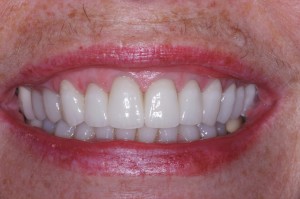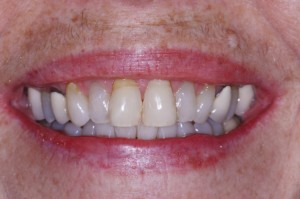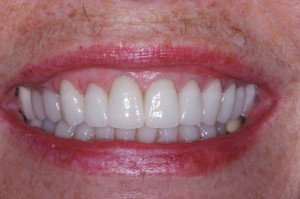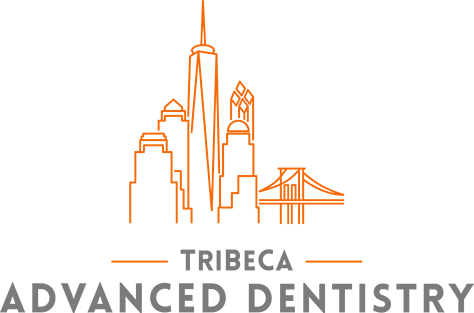 Dental crowns are one of the most popular forms of cosmetic dentistry in New York and for good reason. Not only can they improve the aesthetics of your smile (as seen in the before/after pictures below) they also help protect weak teeth from breaking. They can hold together parts of a cracked tooth and they are, overall, an effective and efficient solution.
Dental crowns are one of the most popular forms of cosmetic dentistry in New York and for good reason. Not only can they improve the aesthetics of your smile (as seen in the before/after pictures below) they also help protect weak teeth from breaking. They can hold together parts of a cracked tooth and they are, overall, an effective and efficient solution.
If you have a broken or worn-down tooth, dental crowns are a great option. However, it’s important to know the differences between them as not all dental crowns are created equal. It’s vital to choose the right type depending on your personal preferences and goals.
What types of dental crowns are there?
- All-ceramic / All-porcelain – This is one of the most popular and most reliable options for dental crowns. They are not only the most aesthetically pleasing due to the fact that they look and feel very similar to natural teeth, they also don’t cause any allergies like some metals do. In the past, many people were leery of these types of crowns due to their perceived lack of strength. However, with new advancements and CAD/CAM technology, these crowns have become much stronger and can be used as both back and front crowns. Not only that, these types of crowns are much kinder to your gums and will cause less inflammation. By utilizing 3D computer imaging, porcelain crowns can be fit perfectly to your teeth.

BEFORE

AFTER
- Porcelain fused to metal – This crown can also be customized to fit the shade of your natural teeth and possesses more strength to go along with its natural appearance, making it a very popular option. However, one of the main disadvantages is that the underlying metal may appear as a dark line next to the gum and bleed through the porcelain. Not only that, the porcelain portion of the crown could chip or even break when subjected to forceful pressure and expose the dark metal underneath. If the metal in the crown has low (or zero) percentages of gold in it, then the gums can actually become inflamed due to a metal allergy.
- Stainless Steel – This type of dental crown should only be used to temporarily protect permanent teeth while the long-term crown is being developed. Even then, the fit is usually very poor. This type of crown is typically used in children as it is cost-efficient and doesn’t require multiple dental visits.
- All-resin – This kind of crown is typically an inexpensive alternative to other, more established types of crowns (like the ones mentioned above). Although inexpensive, they also tend to wear down over time and become fractured or stained.
- Metal alloys – There are a number of metals that dental crowns can be fashioned out of including gold alloy, base-metal alloy, or noble metal alloy. The materials are durable enough to withstand regular chewing and biting force, which makes them the most durable. However, the primary setback is their metallic color, which is why most people tend to get them for their back teeth (molars) and not their front teeth.
Which is the best option?
The short answer is that it really depends on your individual goals, budget, and circumstances. The best thing to do is schedule a consultation appointment with Tribeca Advanced Dentistry’s downtown office. Click here to contact us.

